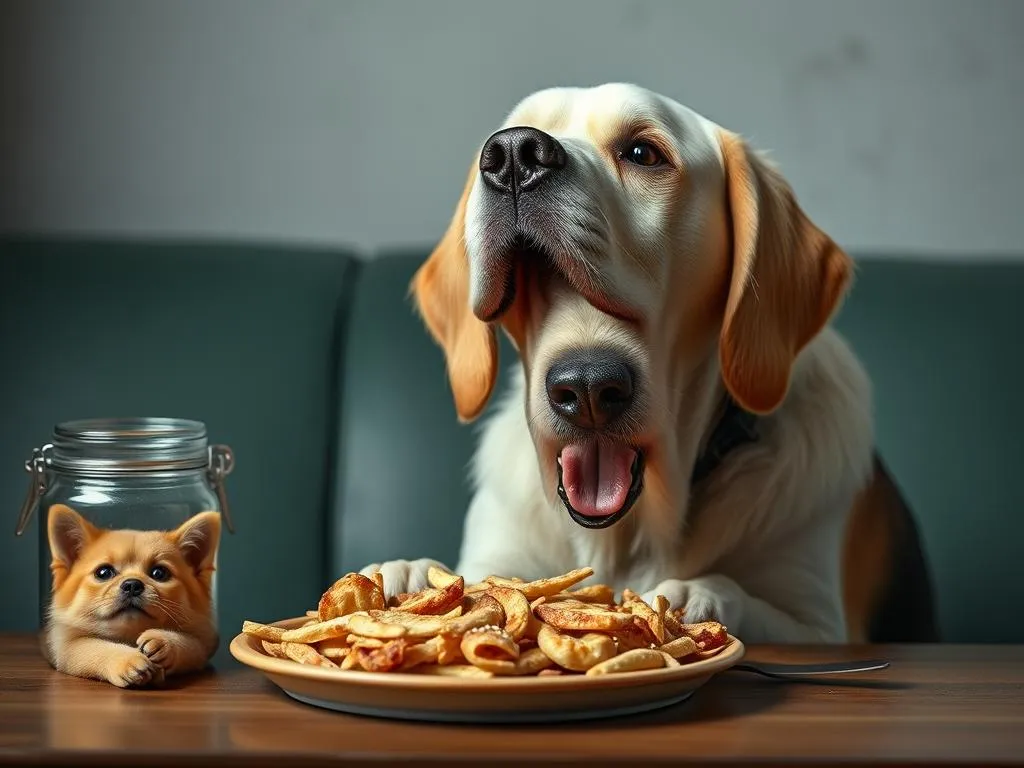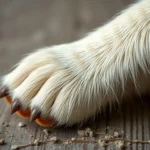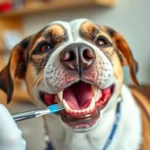
Introduction
As devoted dog owners, we understand that our furry friends depend on us for their health and well-being. One of the most critical aspects of dog health care is diet. What we feed our dogs can significantly impact their overall health, energy levels, and longevity. Unfortunately, many pet owners may not realize that certain human foods can be harmful or even deadly to dogs. In this article, we will identify the worst things for dogs to eat and provide valuable information to help you make safer dietary choices for your canine companion.
Understanding Dog Nutrition
Importance of a Balanced Diet
Dogs require a balanced diet that includes a variety of essential nutrients to thrive. These nutrients include:
- Proteins: Vital for growth, tissue repair, and immune function.
- Fats: Provide energy and support cell function.
- Carbohydrates: Offer a source of energy and aid digestion.
- Vitamins and Minerals: Important for various bodily functions, including bone health and immune response.
Poor nutrition can lead to a range of health issues, including obesity, diabetes, and other chronic conditions. Understanding the nutritional needs of your dog is the first step in ensuring their well-being.
Common Myths About Dog Diets
There are several misconceptions surrounding dog diets. One of the most prevalent is the belief that dogs can eat any food that humans consume. This myth can lead to serious health risks. In reality, dogs have specific dietary needs that differ significantly from ours. A species-appropriate diet is essential for maintaining their health.
The Worst Foods for Dogs
Toxic Foods
Chocolate
Chocolate is one of the most well-known toxic foods for dogs. It contains theobromine, which is highly toxic to canines. Even small amounts of chocolate can lead to symptoms such as:
- Vomiting
- Diarrhea
- Increased heart rate
- Seizures
In severe cases, chocolate ingestion can be fatal. If you suspect your dog has consumed chocolate, seek veterinary attention immediately.
Grapes and Raisins
Another dangerous food for dogs is grapes and raisins. Though the exact toxin is unknown, ingestion can lead to kidney failure. Symptoms of toxicity may include:
- Vomiting
- Lethargy
- Loss of appetite
- Abdominal pain
Even small amounts can be harmful, so it’s best to avoid these fruits altogether.
Onions and Garlic
Onions and garlic contain thiosulfate, which can cause oxidative damage to dog red blood cells, leading to hemolytic anemia. Symptoms may include:
- Weakness
- Vomiting
- Diarrhea
- Abdominal pain
The toxicity level varies based on the dog’s size and the amount consumed, but it’s best to keep these foods away from your pets.
Harmful Human Foods
Avocado
While avocado is a healthy food for humans, it contains persin, which can be harmful to dogs. Symptoms of avocado toxicity may include:
- Vomiting
- Diarrhea
- Difficulty breathing
It’s advisable to avoid feeding your dog avocado to prevent any health issues.
Macadamia Nuts
Macadamia nuts are another food to avoid. They can cause symptoms such as:
- Weakness
- Vomiting
- Tremors
- Hyperthermia
Even a small amount can lead to adverse effects, so it’s crucial to keep these nuts away from your dog.
Alcohol
Alcohol is extremely toxic to dogs. Even a small amount can cause severe reactions, including:
- Vomiting
- Disorientation
- Difficulty breathing
- Coma
If you suspect your dog has ingested alcohol, seek veterinary care immediately.
Caffeine
Caffeine, found in coffee and tea, can be dangerous for dogs. It can lead to symptoms such as:
- Restlessness
- Rapid breathing
- Heart palpitations
- Muscle tremors
Dogs are much more sensitive to caffeine than humans, making it essential to keep caffeinated products out of their reach.
Other Foods to Avoid
Xylitol
Xylitol is a sugar substitute commonly found in sugar-free gum and other products. It can cause a rapid release of insulin in dogs, leading to severe hypoglycemia (low blood sugar). Symptoms include:
- Vomiting
- Loss of coordination
- Seizures
If your dog ingests xylitol, contact your veterinarian immediately.
Cooked Bones
While many people believe that giving their dog bones is natural, cooked bones can splinter and pose serious choking hazards or lead to internal injuries. Instead, consider safer alternatives specifically designed for dogs.
Fatty Foods
Feeding your dog fatty human foods can lead to pancreatitis, a painful and potentially life-threatening condition. Symptoms of pancreatitis include:
- Vomiting
- Diarrhea
- Abdominal pain
- Lethargy
To avoid this risk, keep fatty foods out of your dog’s diet.
Recognizing Symptoms of Food Poisoning in Dogs
Common Symptoms
If your dog ingests something harmful, it may exhibit several common symptoms, including:
- Vomiting and diarrhea: These are often the first signs of food poisoning.
- Lethargy and decreased appetite: Your dog may seem unusually tired or disinterested in food.
- Changes in behavior: Pay attention to any unusual signs, such as restlessness or aggression.
When to Seek Veterinary Care
If your dog shows any of the above symptoms after eating a potentially harmful food, it’s essential to determine the severity of the situation. If symptoms persist or worsen, seek veterinary care. Timely intervention can be crucial in preventing serious health complications.
Safe Alternatives and Healthy Treats
Nutritional Treats
Instead of feeding your dog harmful human foods, consider offering dog-safe fruits and vegetables. Some safe options include:
- Carrots: Low in calories and great for dental health.
- Blueberries: Packed with antioxidants and vitamins.
- Green beans: A low-calorie snack rich in fiber.
You can also make homemade dog treats using safe ingredients, ensuring your dog enjoys delicious snacks without the risk of harmful additives.
Commercial Dog Foods
When choosing commercial dog food, it’s essential to read the labels carefully. Look for high-quality brands that offer a balanced diet tailored to your dog’s specific needs. Consider consulting your veterinarian for recommendations on the best dog food options for your furry friend.
Tips for Preventing Dietary Issues
Educating Family Members
It’s critical to ensure that everyone in your household understands what is safe for your dog to eat. Communicate dietary guidelines clearly to guests and children, emphasizing the importance of keeping harmful foods out of reach.
Safe Storage Practices
Proper food storage can prevent accidental ingestion of harmful foods. Keep human food securely stored away from your dog, and be mindful of trash cans or countertops where food may be accessible.
Regular Veterinary Visits
Routine check-ups with your veterinarian are essential for maintaining your dog’s health. Your vet can provide valuable dietary advice and help address any concerns related to your dog’s nutrition.
Conclusion
Understanding dog nutrition and the worst things for dogs to eat is vital for any responsible pet owner. By being proactive about your dog’s diet and avoiding harmful foods, you can help ensure a healthy and happy life for your furry companion. Create a safe eating environment, educate those around you, and prioritize regular veterinary care to keep your dog in optimal health. Remember, your dog’s well-being depends largely on the choices you make regarding their diet.









